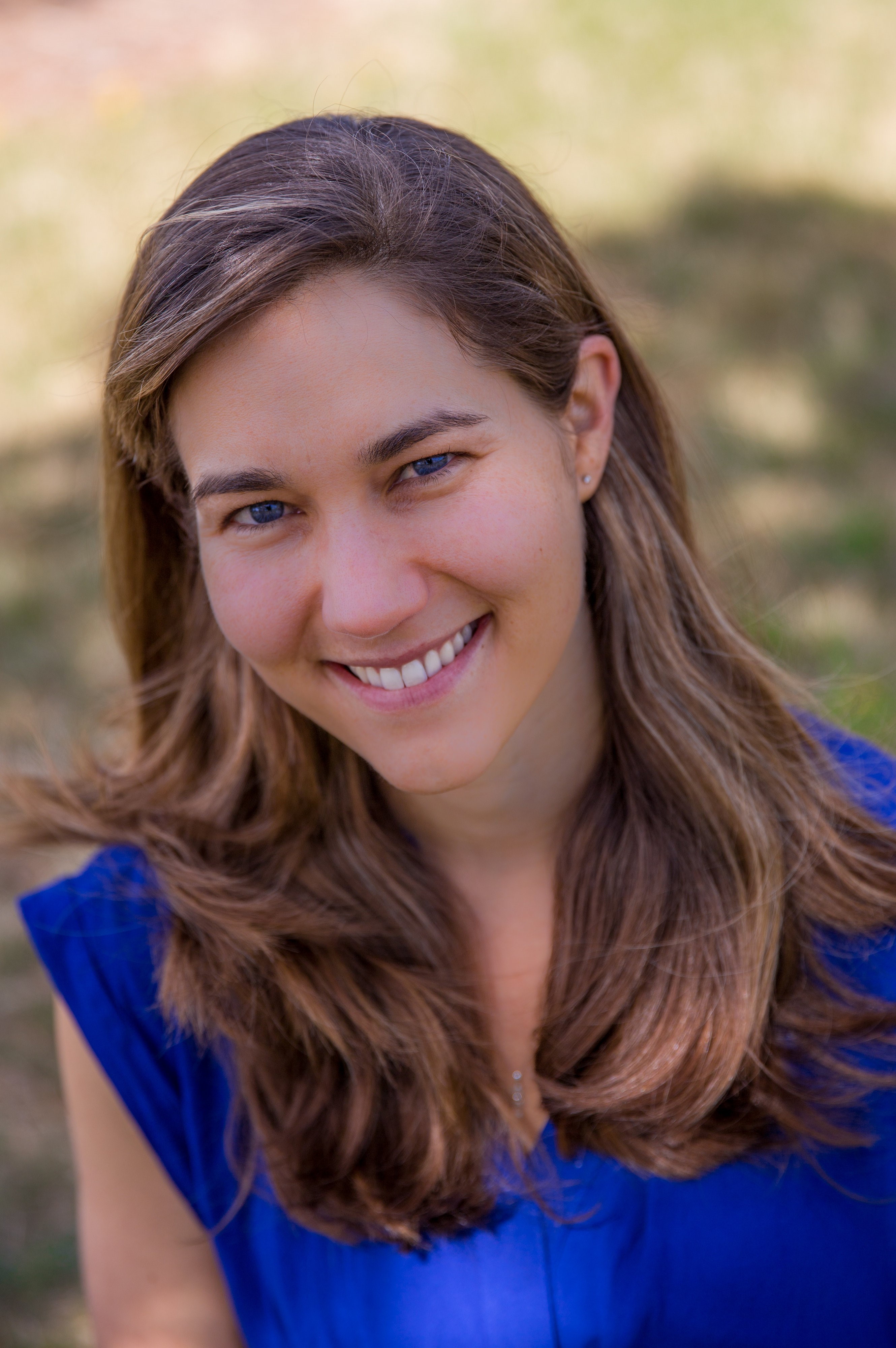NOAA Space Weather Prediction Center (SWPC)
 My name is Michele Cash and I grew up in San Jose, California. As the daughter of an engineer and a chemist, STEM was a part of my life from a young age. We would do science experiments at home: using bread to culture bacteria from different locations around the house (i.e. growing mold on bread in the window sill), making home-made eclipse viewing boxes, and using cabbage leaves as an acid/base indicator to test all the liquids in the house. I also had an electronics kit that I loved to play with. I would build intruder alarms for my room and motorized boats for the bathtub. When I was in second grade I read one of my first chapter books - a biography about astronaut Sally Ride - and that is when I decided that I wanted to go to Stanford, get my PhD in astrophysics, and become an astronaut! This goal of getting an advanced degree in a space-related field stayed with me throughout my school days. It motivated me to continue pursuing advanced science and math classes in high school even when I was one of only three girls in my high school AP physics class and the youngest student (the only junior) in the class.
My name is Michele Cash and I grew up in San Jose, California. As the daughter of an engineer and a chemist, STEM was a part of my life from a young age. We would do science experiments at home: using bread to culture bacteria from different locations around the house (i.e. growing mold on bread in the window sill), making home-made eclipse viewing boxes, and using cabbage leaves as an acid/base indicator to test all the liquids in the house. I also had an electronics kit that I loved to play with. I would build intruder alarms for my room and motorized boats for the bathtub. When I was in second grade I read one of my first chapter books - a biography about astronaut Sally Ride - and that is when I decided that I wanted to go to Stanford, get my PhD in astrophysics, and become an astronaut! This goal of getting an advanced degree in a space-related field stayed with me throughout my school days. It motivated me to continue pursuing advanced science and math classes in high school even when I was one of only three girls in my high school AP physics class and the youngest student (the only junior) in the class.
After high school I attended Stanford University, where I was a President’s Scholar and majored in Physics with a minor in Feminist Studies. As an undergraduate, I sought out research opportunities in a wide range of physics sub-disciplines from condensed matter physics to astrophysics to plasma physics. I even had the opportunity to spend three weeks in Ethiopia conducting geophysics research during my junior year. After graduating from Stanford in 2004, I headed to Seattle where I earned my Master’s degree and PhD in Space Plasma Physics from the University of Washington.
I currently work at the NOAA Space Weather Prediction Center (SWPC) within the National Weather Service where I am a physicist working on the newly operational Geospace model, a physics-based model of Earth’s magnetosphere that allows us to predict regional geomagnetic disturbances associated with solar activity. Activity on the sun not only influences Earth’s near-space environment, posing hazards for humans and satellites in space, but the effects of solar activity can be felt on the ground as well. Space weather can significantly impact society both economically and socially through effects on GPS systems, the electric power grid, aviation, and high frequency radio communication. I love that my current role allows me to apply the plasma physics expertise that I gained during my PhD work to problems that are relevant to the real world. I enjoy working in an environment where I get to collaborate with diverse individuals from researchers and programmers to forecasters and space weather customers.
When I’m not working I love spending time outside hiking, running, backpacking, mountaineering, mountain biking, and rock climbing. I’m also mom to two awesome little girls (ages 3 years and 10 months).